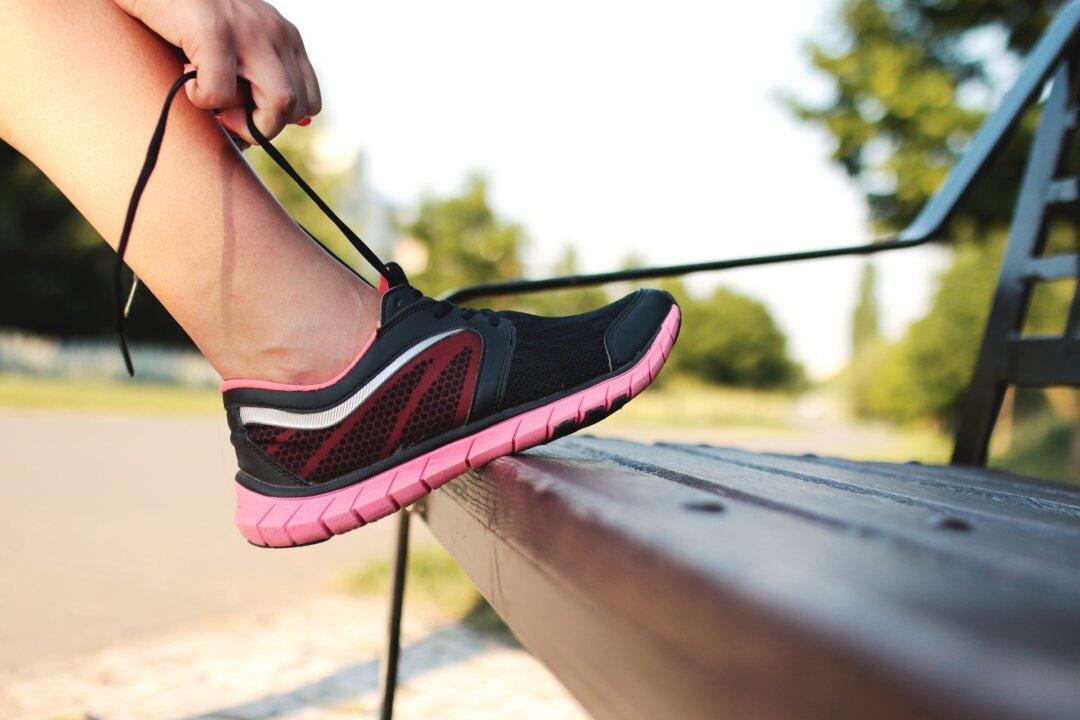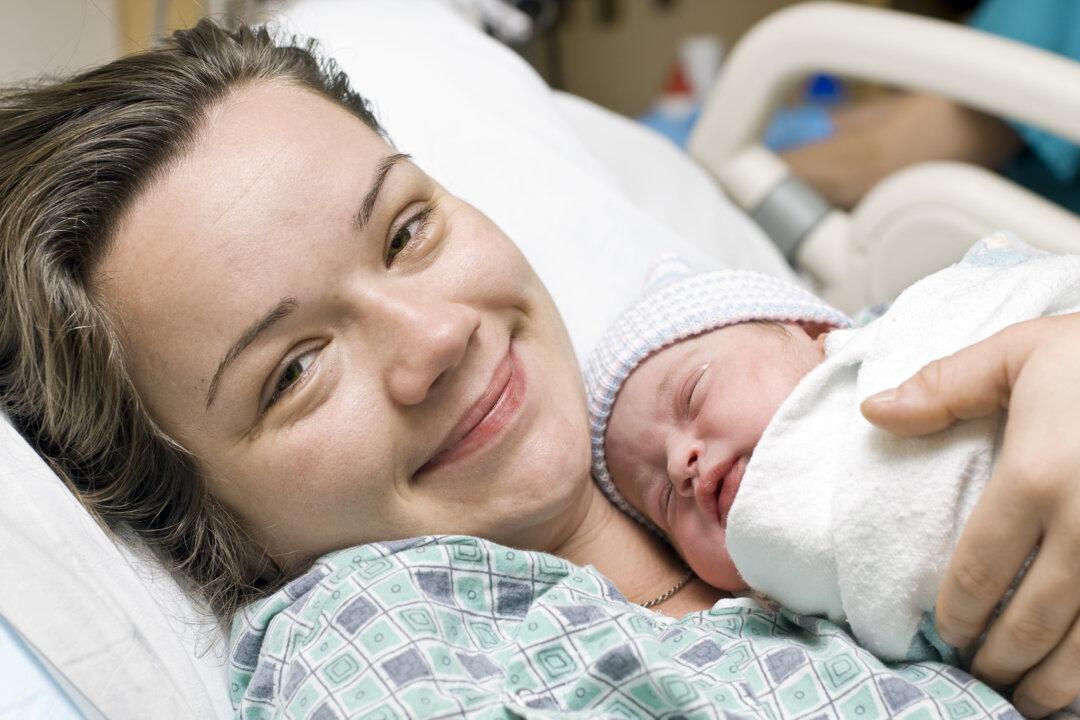New research is good news for athletes and fitness enthusiasts who favor thick, heavily cushioned running shoes.
Although these shoes are increasingly popular because they provide comfort and a high degree of shock absorbing protection, those benefits were thought to come at the expense of increased overall leg stiffness, which alters a runner’s normal stride and could increase muscle fatigue.





